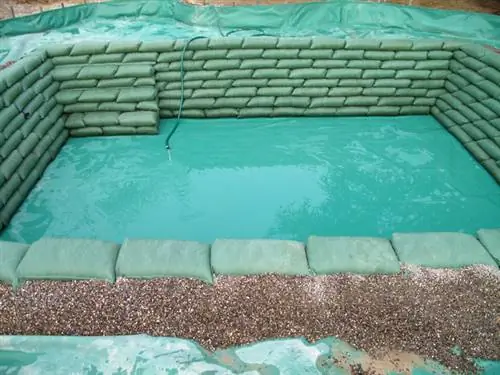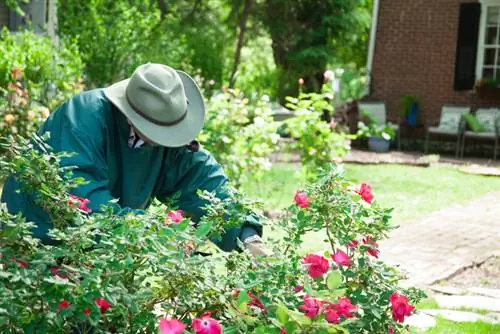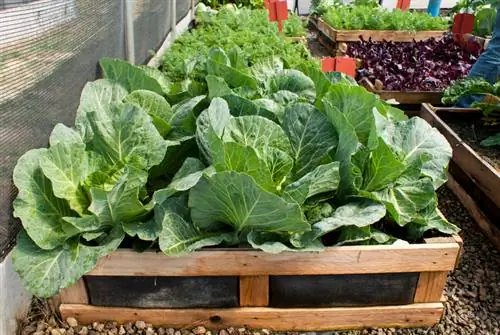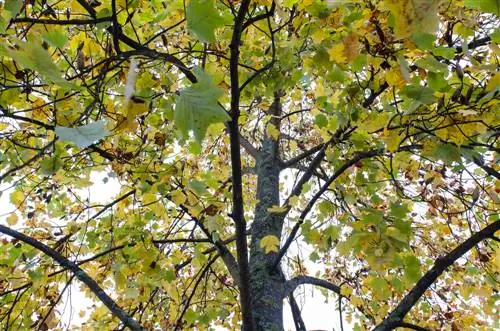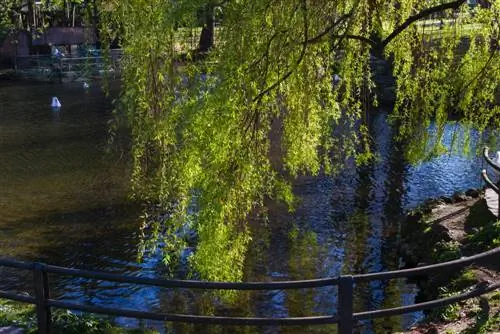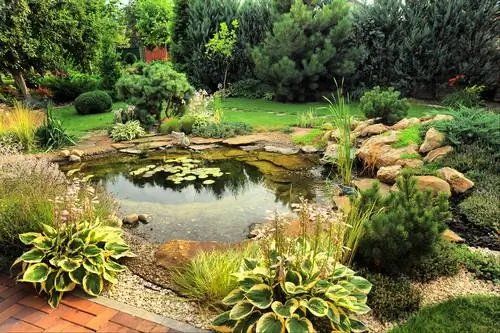- Author admin [email protected].
- Public 2023-12-16 16:46.
- Last modified 2025-06-01 06:02.
Different materials in different thicknesses are used as pond liners. Each of these types of foil has its own advantages and disadvantages. You can read what these are and which pond liner you need in our article.
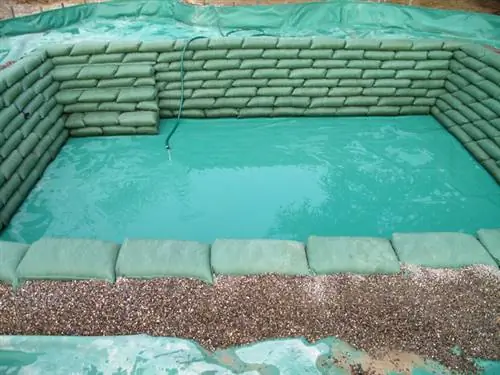
Which pond liner is best for my pond?
The optimal pond liner depends on your budget and ecological concerns. PVC films are cheaper, but environmentally harmful and less durable. EPDM films are environmentally friendly, durable and flexible, but more expensive. The thickness of the film varies depending on the depth of the pond (0.5 mm to 70 cm, 1.0 mm to 160 cm, at least 1.5 mm for deep or swimming/fish ponds).
Materials
Pond liners can be made of different materials. The most common are:
- PVC
- PE and
- EPDM, a special rubber-based material
There are also some special films made from special geotextiles, which are rarely used and are practically not used at all in private horticulture.
PVC films
PVC films have the most disadvantages among the film types:
- the films generally have a very critical environmental impact when used
- Disposing of PVC is extremely ecologically questionable
- Over time, plasticizers evaporate into the water (although many films today at least do not release highly toxic substances)
- PVC pond liners are not well suited for living creatures in the pond
- The durability of the film is limited (plasticizers evaporate, the film becomes brittle and leaks
- after a few years it can be difficult to carry out repairs due to the lack of plasticizers and the brittle film
Despite the disadvantages, PVC film is clearly the most commonly used film on the market and also in professional landscaping construction. Nowadays, “sandwich films” made of different materials are often used in order to improve the properties at least a little - but this doesn't work completely.
The only advantage that speaks in favor of PVC film is the (significantly) cheaper price. PE films have a slightly better environmental record than PVC films, at least from an environmental point of view. The other properties are only slightly better.
EPDM films
EPDM is a synthetic rubber material (ethylene propylene diene M group). It has some interesting properties, including high weather resistance. In addition, some other properties are also particularly interesting for pond construction:
- the overall high durability of the film (up to 50 years, sometimes a guarantee of up to 20 years is given on the film)
- the high elasticity (even at low temperatures and up to 300% stretchability)
- the very high ozone resistance and UV resistance of the film
- good environmental compatibility (safe for people and creatures in the pond)
- the easy repair
EPDM films can be made into very large formats due to their properties; you can buy ready-made rolls up to 15 m wide and 61 m long, which makes seamless lining even for very large ponds possible without any problems.
EPDM or PVC
The question of EPDM or PVC actually answers itself based on the properties. PVC films only have an advantage when price plays the determining role.
Thickness of pond liners
The correct thickness of the film is crucial when making your selection. Depending on the depth, the following thicknesses are suitable (see table below)
| Pond Depth | recommended film thickness |
|---|---|
| up to 70 cm | 0.5mm |
| 70 cm - 160 cm | 1, 0mm |
| larger than 160 cm or swimming pond or fish pond | at least 1.5 mm |
If the soil condition is problematic, an additionalpond fleece with a 5 cm high layer of sand underneathshould definitely be used to protect the film. In such a case, a film with a thickness of at least 1 mm, preferably 1.5 mm thick, should always be used.
Tip
EPDM films are also used for flat roof sealing because of their good properties.

